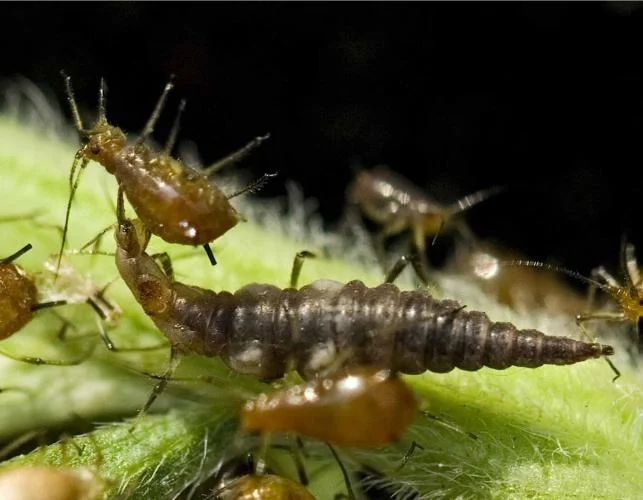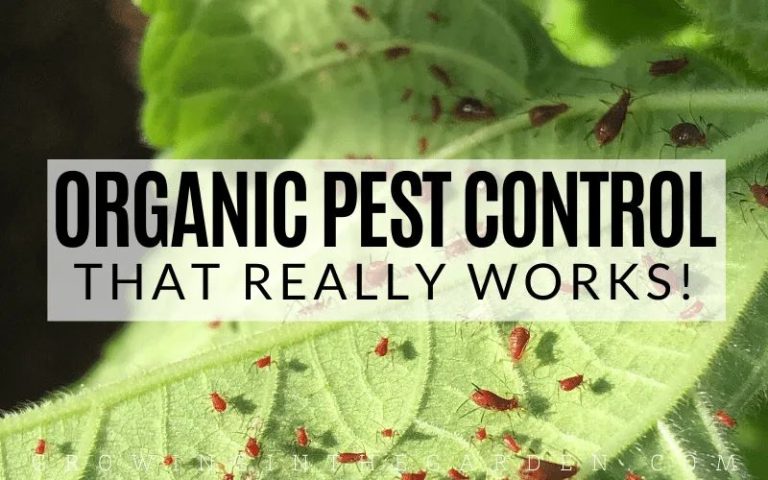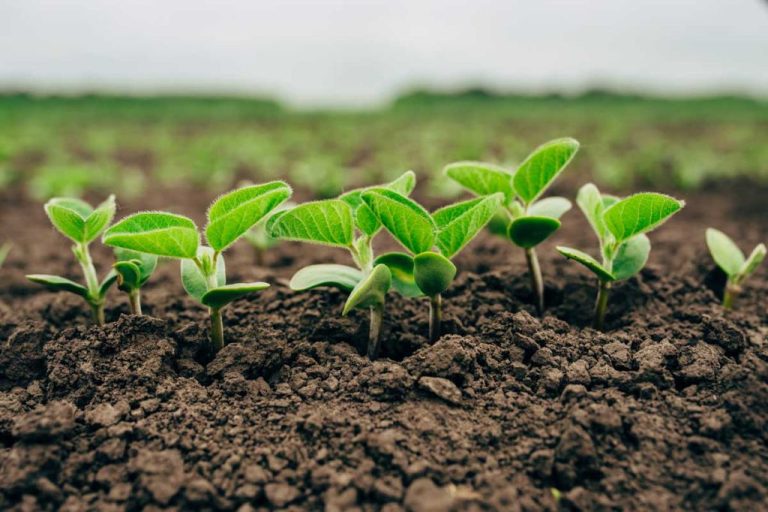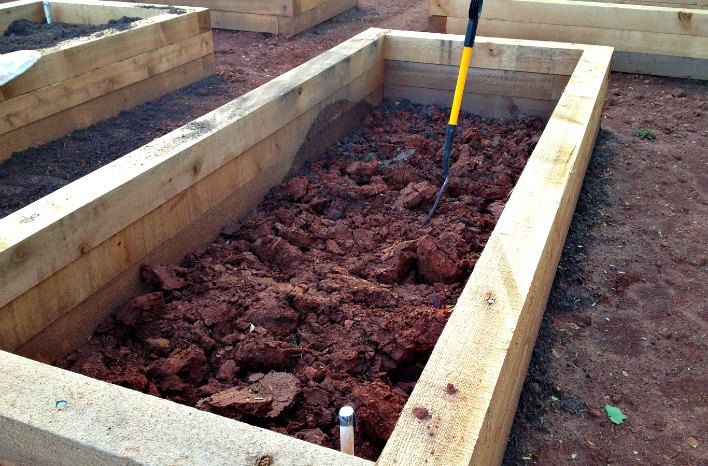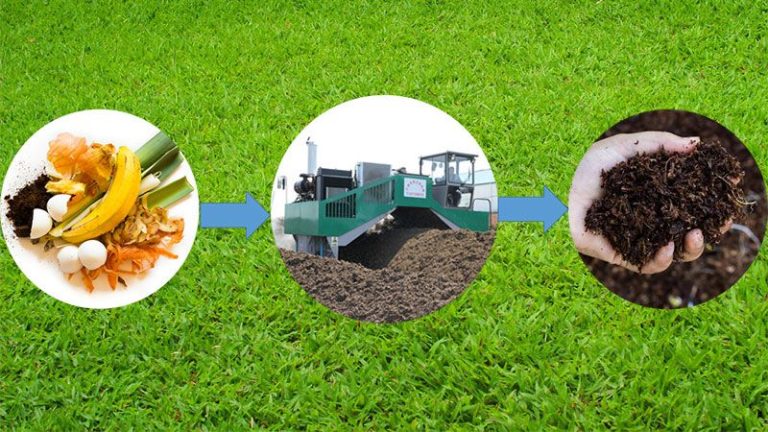How To Start An Organic Vegetable Garden: Tips For Success
Organic gardening has been growing in popularity over the past several years. According to the USDA, between 2016-2019, certified organic farming operations increased by over 50% in the U.S. (Source). Organic gardening aims to avoid the use of synthetic pesticides and fertilizers, instead using natural techniques to grow healthy plants without harmful chemicals. Starting your own organic vegetable garden has many benefits – you can grow fresh, organic produce right in your backyard, avoid chemicals on store-bought produce, save money, and reconnect with nature. This guide will provide tips and advice for successfully starting and maintaining your own organic vegetable garden.
Choosing a Location
Choosing the right location for your vegetable garden is critical for growing healthy, productive plants. Here are three key factors to consider:
Sunlight
Most vegetables require at least 6 hours of direct sunlight per day. Avoid shady areas near trees, shrubs and buildings. South facing areas usually get the most sun.
Drainage
Good drainage is essential to prevent waterlogged soil. Avoid low spots where water collects after rain. Adding organic matter like compost can improve drainage in dense clay soils.
Proximity to House
Locate your garden close to your house for convenience. But not too close to foundations or walkways where roots may cause damage. 25-50 feet away is ideal.
By carefully selecting the right site with adequate sunlight, drainage and proximity, you’ll set your vegetable garden up for success.
Preparing the Soil
Proper soil preparation is crucial for a successful organic vegetable garden. The first step is to test your soil’s pH and nutrient levels. Home testing kits are inexpensive and widely available. For organic vegetable gardens, you’ll want a pH between 6.5-7.0. If the soil is too acidic, add lime; if too alkaline, add sulfur.
Next, incorporate 2-4 inches of compost or other organic matter like aged manure, leaf mold, grass clippings, etc. Compost boosts nutrients and improves soil structure and drainage. You can buy compost or make your own by composting yard waste. Compost tea can also be brewed and used to provide soluble nutrients.
After amending with compost, the soil should be tilled to a depth of 8-12 inches to loosen compacted soil and mix in the compost. Use a rototiller for large areas or a spading fork for raised beds. Tilling improves drainage and root growth.
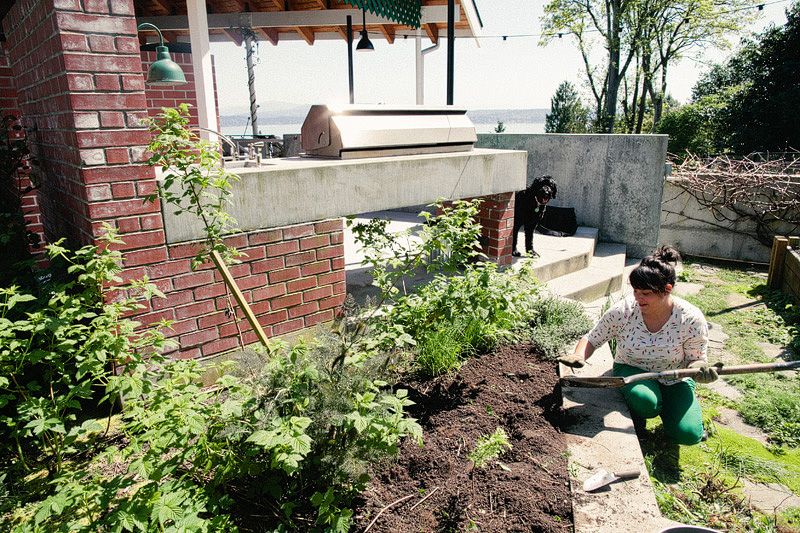
Avoid synthetic fertilizers which can accumulate salts that damage soil life. If needed, use organic fertilizers like fish emulsion, kelp meal, and rock phosphate in moderation according to package directions.
With properly prepared soil rich in organic matter, your vegetable garden is ready for planting!
Deciding What to Grow
When choosing which vegetables to grow, the first consideration is your region’s hardiness zone. The hardiness zone indicates the average lowest temperature in winter and allows you to pick crops suited to your climate. For example, cool weather crops like spinach and kale thrive in cooler zones while heat-loving options like okra need warmer zones. Check the seed packet or plant tag to find the recommended zones.
It’s also important to select vegetables that are in season for your area. Planting in-season produce will yield the best harvests. Summer favorites like tomatoes, peppers, squash, and eggplant flourish when sown after the last spring frost. Root crops such as carrots, beets, and potatoes do best as fall crops.
Good vegetable choices for beginners include looseleaf lettuce, bush beans, radishes, cucumbers, peas, summer squash, and kale. These are relatively easy to grow, deliver quick harvests to enjoy, and provide high yields over an extended season. Don’t be afraid to experiment with different varieties as well!
For inspiration, see Burpee’s guide to the 10 Best Vegetables for Beginner Gardeners to Grow. Their vegetable growing advice helps new gardeners succeed.
Designing the Garden
When designing your organic vegetable garden, you’ll need to decide between traditional garden rows or raised beds. Raised beds can make planting, maintaining, and harvesting easier since you don’t have to bend over as much. They also provide good drainage and can help mitigate poor soil conditions. Leave 2-3 feet between raised beds to allow enough space for walking and working1.
With either option, proper spacing is important to allow enough room for plants to grow and airflow to circulate. Refer to seed packets or plant tags for the mature size of each plant and space accordingly. As a general rule, leafy greens can be planted closer together while tomatoes, squash, corn, and other larger vegetables need more room. Use trellises and cages to train vining crops like cucumbers and beans vertically to conserve space.
Practice crop rotation each season, moving plant families to a different part of the garden to replenish nutrients and prevent disease. Avoid planting the same crops in the same spot two years in a row. Rotate between four zones: brassicas (cabbage, kale), alliums (onions, garlic), fruiting vegetables (tomatoes, peppers), and root crops/legumes (carrots, potatoes, beans)2.
Planting
Knowing when to plant each type of vegetable is crucial for success. Planting times vary depending on your USDA Hardiness Zone, and whether you are starting seeds or buying seedlings.
Some quick tips:
- Cool weather crops like spinach, peas, lettuce, and radishes can be planted early in spring.
- Warm weather crops like tomatoes, peppers, squash, and beans should be planted after the last spring frost.
- Check your regional planting calendar to determine optimal planting times.
- Starting seeds indoors gives plants a head start on the season. Start them 4-6 weeks before transplanting.
- For warm weather crops, plant seedlings after the soil has warmed up, generally May or June.
Consult planting guides to create a schedule tailored to your climate and the specific vegetables you want to grow.
Watering
Proper watering is crucial for a healthy vegetable garden. Vegetables need adequate moisture consistently throughout their growth to thrive. “How Often Should I Water My Vegetable Garden?” gives tips on deciding when and how much to water (https://www.floridayards.org/how-often-should-i-water-my-vegetable-garden/). Different vegetables have different water requirements. For example, tomatoes need about 1-2 inches of water per week, while lettuce and other leafy greens may need water every day or two in hot weather.
Drip irrigation systems are ideal for vegetable gardens, as they deliver water slowly and directly to plant roots. Drip irrigation helps conserve water while keeping plant foliage dry, reducing disease. According to “how often to water vegetable garden,” deep watering aims to soak soil 8-12 inches down for healthy vegetable roots (https://purevege.com/how-often-to-water-vegetable-garden/). Mulching around plants also helps retain moisture. No matter the method, it’s best to water in the morning, as evening watering can promote fungal diseases.
Checking soil moisture before watering prevents overwatering. Use your finger to test moisture a few inches down – if soil is dry 2-3 inches down, it’s time to water. “The Best Watering Schedule for Your Veggie Garden” recommends adjusting watering with weather and growth stage, backing off watering once plants mature (https://thefragrantgarden.com/how-often-should-i-water-my-garden/). With attention to their needs, proper watering will help vegetables thrive.
Weeding and Mulching
Weeding and mulching are two important garden maintenance tasks that will help your vegetable garden thrive. Weeds compete with vegetable plants for water, nutrients, and sunlight. It’s important to identify seedlings from weeds so you don’t accidentally pull out your vegetable plants. Weeds tend to have faster growth and more shallow root systems than seedlings.
Applying mulch in your garden beds provides many benefits:
- Mulch suppresses weeds by blocking sunlight from reaching weed seeds.
- It retains moisture in the soil so you don’t have to water as often.
- Mulch moderates soil temperatures to prevent extreme temperature fluctuations.
- As organic mulches like wood chips or straw break down, they improve soil nutrition and structure.
Good organic mulch options include wood chips, pine needles, straw, shredded leaves, grass clippings, and compost. Spread 2-4 inches of mulch evenly around your plants, being careful not to pile it against the stems.1
Pest Control
Pest control is an important consideration for any organic vegetable garden. Common pests that may invade and damage vegetable plants include aphids, cabbage worms, beetles, slugs, snails, and tomato hornworms. If left uncontrolled, pests can quickly decimate a garden by eating leaves, chewing through stems and stalks, and damaging fruits and vegetables.
Fortunately, there are many effective organic pest control methods gardeners can use:
- Remove pests by hand – Inspect plants regularly and pick off any pests you see. Drop them into a bucket of soapy water.
- Use row covers – These protective barriers prevent pests from reaching plants while still allowing water and light through.
- Attract beneficial insects – Ladybugs, lacewings, and parasitic wasps prey on common garden pests. Interplant flowers that attract them or purchase them from a garden store.
- Apply organic pesticides – Insecticidal soaps, neem oil, and spinosad can control heavy pest infestations while still being gentle on beneficial insects.
- Practice crop rotation – Rotating families of vegetables from year to year disrupts pest cycles.
- Clean up debris – Remove fallen leaves and fruits, which provide shelter for pests.
With vigilant monitoring and a combination of these organic pest control strategies, most vegetable garden pest problems can be managed safely and effectively.
Harvesting
Knowing when to harvest your vegetables is key for getting the best flavor and quality. Most leafy greens and herbs like lettuce, spinach, and basil can be harvested as soon as they reach maturity. Root crops like carrots and potatoes should be harvested when they reach ideal size – carrots when they are 1/2 to 1 inch thick and potatoes when the plant begins to die back. Vine crops like cucumbers, summer squash, and beans can be picked when they are young and tender.
For storage, potatoes, onions, and winter squash can be kept for months in a cool, dark place. Other vegetables like lettuce, tomatoes, and peppers should be used within a few days of picking. Consider canning, freezing, or pickling excess vegetables to preserve them. Refer to specific vegetable storage guidelines to maximize freshness.
Cite: https://www.dreamstime.com/photos-images/harvesting-vegetables.html


